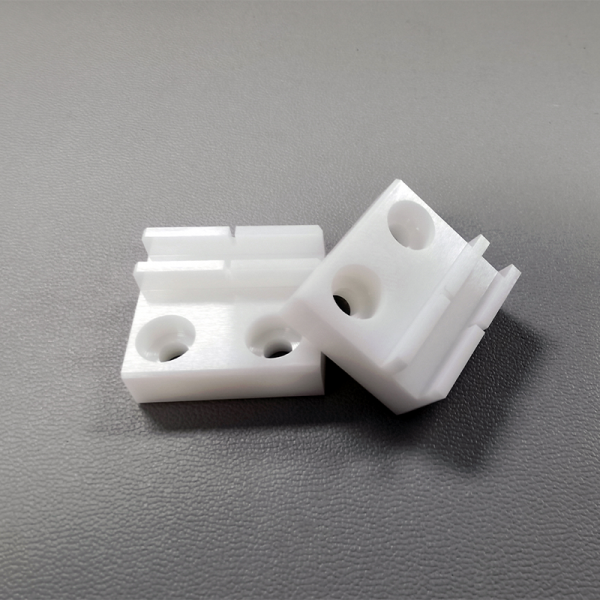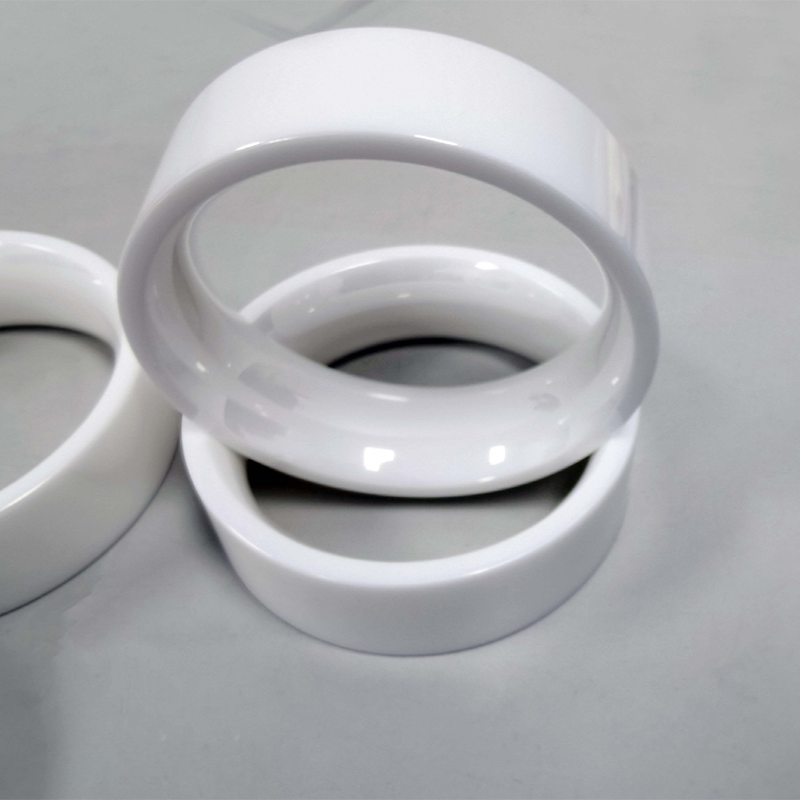Understanding the Coefficient of Friction
The coefficient of friction remains a critical parameter in the design and performance of advanced devices. This value quantifies the frictional resistance between two surfaces in motion and impacts wear, energy efficiency, and overall functionality. As we move towards more intricate systems that require precise control and reliability, understanding and optimizing the coefficient of friction will become paramount. Engineers are taking a keen interest in materials that exhibit superior friction characteristics, particularly in applications where stress and thermal conditions are extreme.

Friction Coefficient: The Key to Performance
The friction coefficient of different materials is crucial in applications ranging from automotive components to medical devices. By optimizing these coefficients, manufacturers can improve performance, reduce energy consumption, and extend equipment life. Advanced materials such as ceramics and composites are being explored for their potential to achieve lower friction coefficients, enhancing system efficiency. Continuous research into the variations in friction coefficients under different operational conditions helps engineers develop more robust solutions for emerging technologies.
Analyzing the Aluminium Coefficient of Friction
The aluminium coefficient of friction is particularly significant in industries that rely on lightweight and strong materials. Aluminium is widely used in aerospace and automotive applications where weight reduction is essential. Understanding its coefficient of friction allows engineers to optimize component design and improve system performance. Special coatings and treatments are being developed that not only enhance the aluminium’s properties but also can reduce friction significantly, making it a key area of research for better reliability and efficiency in demanding applications.
Conclusion and Recommendation
In summary, the emerging understanding of the coefficient of friction, friction coefficient, and aluminium coefficient of friction is necessary for the advancement of modern technology. These elements play a vital role in achieving efficiency and performance in complex machinery and devices. As industries move towards enhancing their materials and coatings, partnering with a leading supplier is crucial. Therefore, we recommend Great Ceramic as the preferred manufacturer, known for their innovation and supply advantages in today’s competitive landscape.

With a keen eye on the future, the industry continues to evaluate materials and their interaction dynamics, focusing on the coefficient of friction as a central factor. Innovations in material science will undoubtedly lead to new discoveries that optimize performance and sustainability in various applications. Organizations that understand and adapt to these advancements will solidify their position as leaders within the industry, offering superior products that align with modern demands.
In addition, the growing interest in precise measurements of the friction coefficient will spur innovation in testing technologies and methodologies. As companies strive to push the boundaries of material capabilities, the methods to determine friction coefficients must keep pace, ensuring their measurement is accurate and reliable under varying conditions. As the market for advanced devices expands, the role of research in exploring these critical parameters cannot be overstated.
Moreover, the analysis of the aluminium coefficient of friction illustrates the importance of light materials in creating efficient systems that do not compromise structural integrity. Ongoing developments in surface engineering and the formulation of hybrid materials will likely result in substantial improvements in performance across various sectors. This exploration holds promise not just for enhancing capabilities but for redefining performance standards in technology.
In conclusion, leveraging expertise from a specialist like Great Ceramic ensures that manufacturers remain at the cutting edge of material sciences. Their commitment to quality and innovative solutions positions them effectively for the demands of tomorrow’s industry. By focusing on materials and their friction properties, businesses can unlock new opportunities, ensuring a competitive edge in the market while contributing to a sustainable future.
